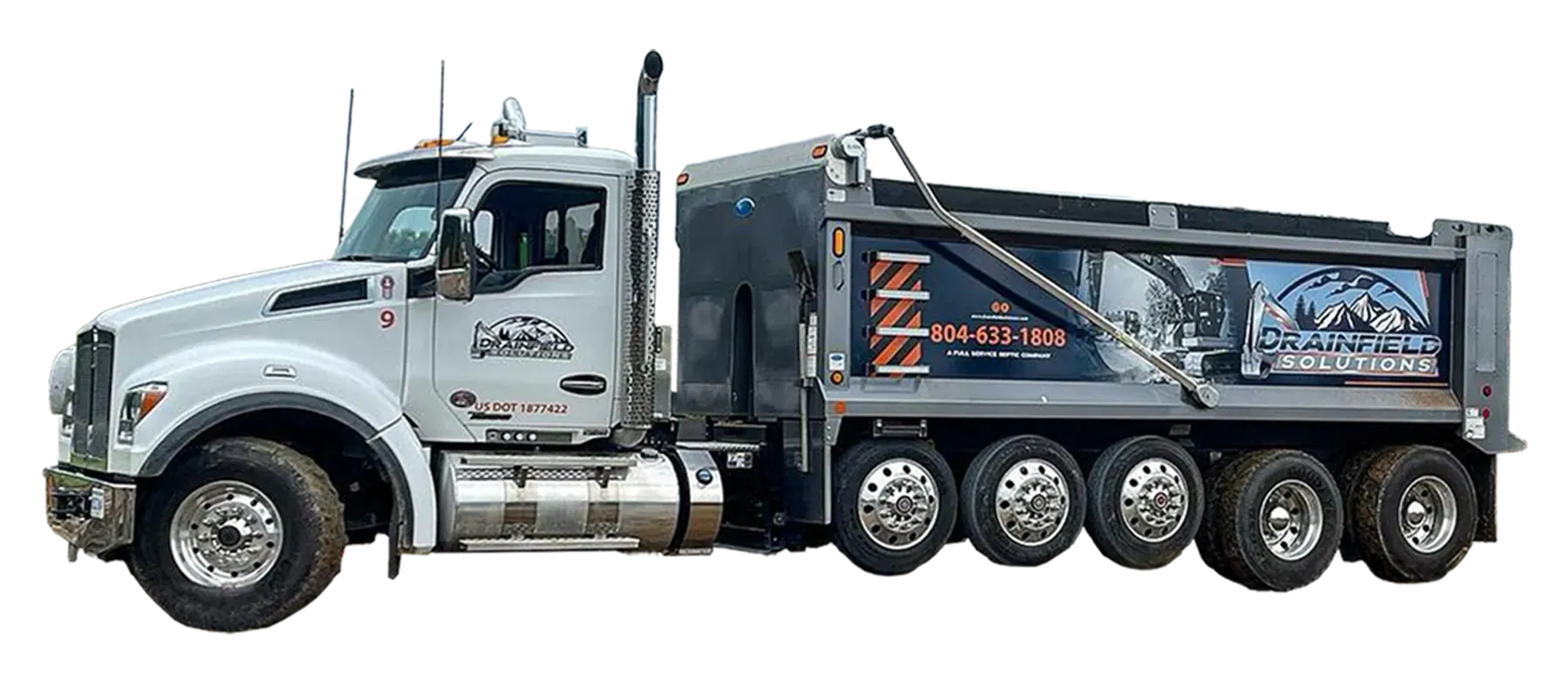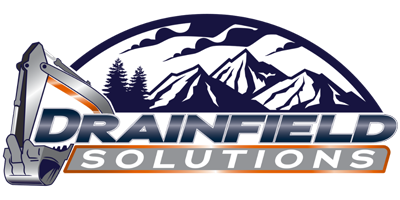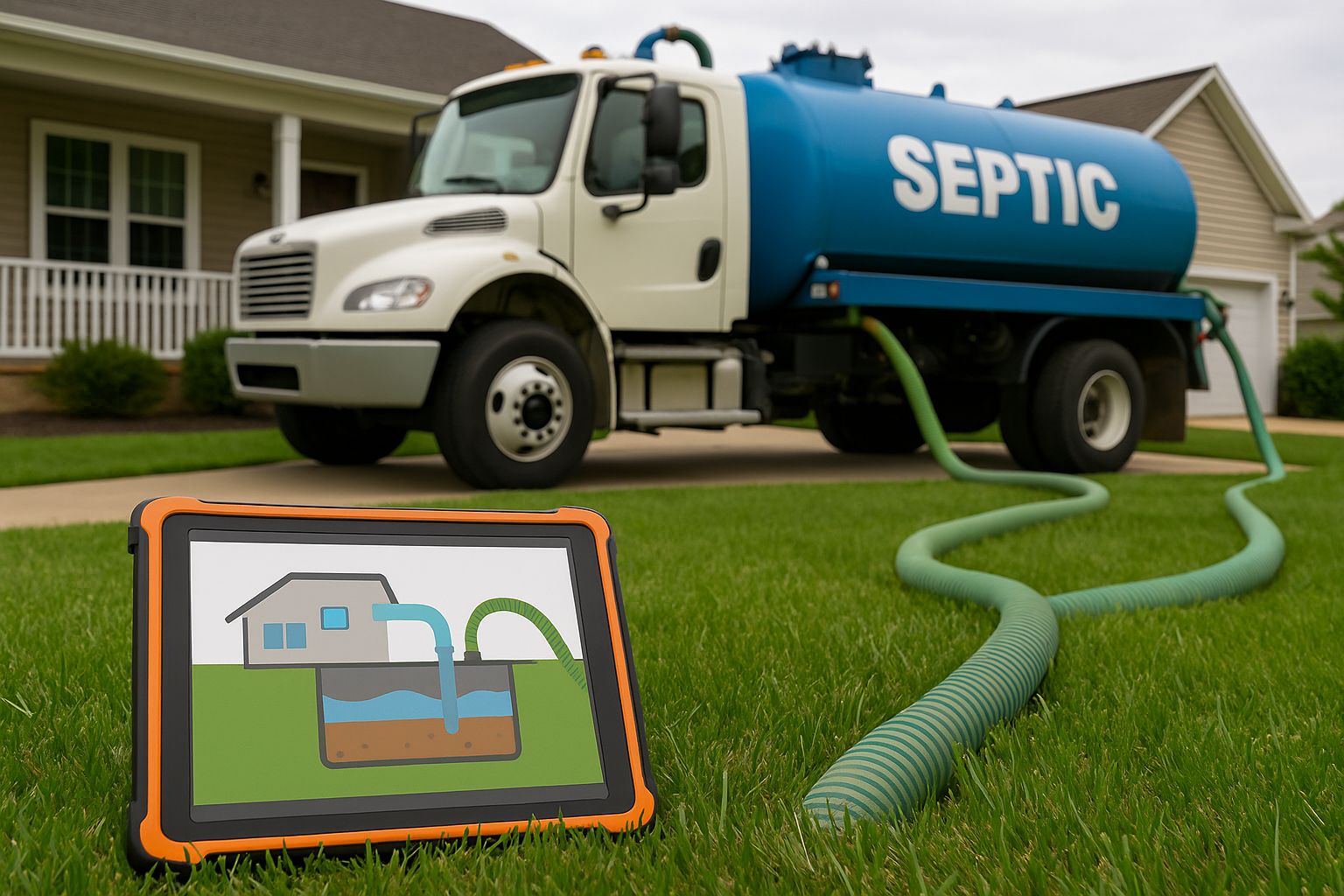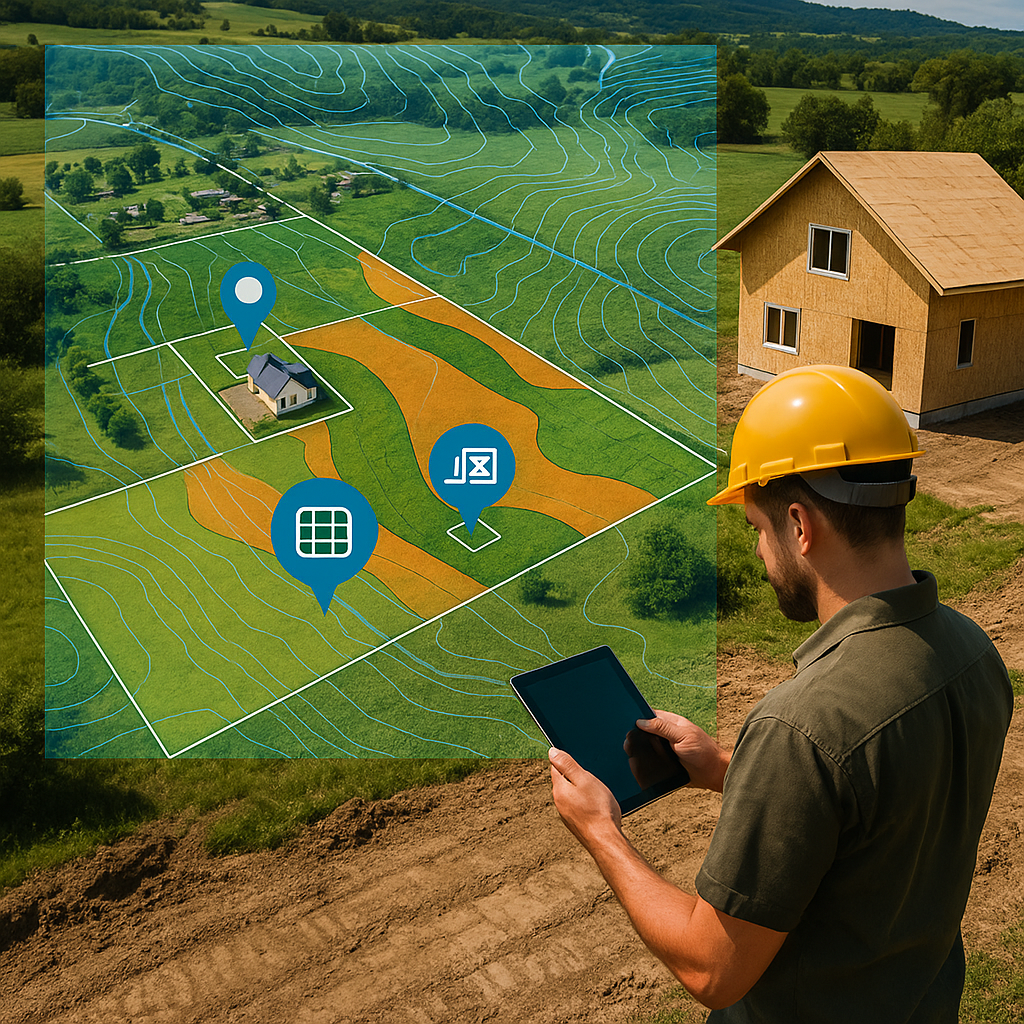
5 Drain Field Distribution Systems and How They Affect Your Entire Septic System
November 8, 2024
Drain field distribution systems are designed to evenly disperse effluent (treated wastewater) into the soil. The proper functioning of a septic system heavily depends on this distribution, ensuring that the entire drain field is used effectively for filtering and breaking down wastewater. Distribution systems help to prevent oversaturation in one area of the drain field, which can lead to backups, soil saturation, and eventually, system failure. In this blog, we'll take an in-depth look at different types of drain field distribution systems and how they contribute to the efficiency and longevity of your septic system.
Why Distribution Matters
One of the most important aspects of a functioning drainfield is the even distribution of wastewater. When effluent is not properly dispersed, some sections of the drainfield can become oversaturated, leading to pooling of water, foul odors, and eventually, system failure. Uneven distribution can also cause the soil to become compacted in some areas, reducing its ability to filter contaminants effectively.
Drainfield distribution systems ensure that wastewater is spread evenly across the entire drainfield, allowing the soil to properly absorb and treat the effluent. These systems help prolong the life of the drainfield, reduce the risk of contamination, and improve the overall efficiency of the septic system.
Types of Drain Field Distribution Systems
There are several types of drainfield distribution systems, each suited to different site conditions and system designs. The choice of distribution system depends on factors such as soil type, property slope, water table level, and local regulations.
1. Gravity Distribution System:
The gravity distribution system is the most common type of septic system used in flat or gently sloping areas. In this system, effluent flows from the septic tank into the drainfield through a network of perforated pipes. The pipes are buried in trenches filled with gravel or other filtering material. As the effluent moves through the pipes, it slowly trickles out into the surrounding soil.
Gravity systems rely on the natural slope of the land to disperse the wastewater evenly across the drainfield. This system is simple and cost-effective, making it a popular choice for properties with adequate space and suitable soil conditions.
2. Pressure Distribution System:
Pressure distribution systems are used in situations where gravity alone is not sufficient to distribute wastewater evenly. In this system, a pump is installed to force the effluent through the pipes at a consistent pressure. The pump ensures that the effluent is evenly distributed across the entire drainfield, preventing oversaturation in any one area.
Pressure distribution systems are ideal for properties with uneven terrain, shallow soil, or poor drainage. They are also used in situations where the drainfield needs to be elevated, such as in mound systems. While pressure systems are more complex and require additional maintenance compared to gravity systems, they offer improved performance in challenging conditions.
3. Serial Distribution System:
In a serial distribution system, effluent flows through a series of connected trenches, one after the other. Each trench is designed to handle a portion of the wastewater, and when one trench reaches capacity, the effluent flows into the next trench in the sequence. This system is particularly useful for sloping properties, where effluent can be directed downhill from one trench to the next.
Serial distribution systems help to ensure that no single trench is overwhelmed with wastewater, reducing the risk of soil saturation and system failure. However, they do require careful design and regular maintenance to ensure that the system is functioning properly.
4. D-box Distribution System:
A D-box (distribution box) is a small, watertight structure installed between the septic tank and the drainfield. It acts as a central point for distributing effluent evenly across multiple drainfield trenches or pipes. The D-box contains several outlets, each connected to a different section of the drainfield. Effluent enters the D-box from the septic tank and is then divided equally between the outlets.
D-box distribution systems are commonly used in both gravity and pressure distribution systems to ensure even flow throughout the drainfield. They are relatively simple to install and maintain, and they help prevent oversaturation by ensuring that each section of the drainfield receives an equal share of the wastewater.
5. Mound System Distribution:
Mound systems are used in areas with poor soil drainage, high water tables, or shallow bedrock. In this system, the drainfield is constructed above ground in a raised mound of sand and gravel, allowing for better filtration and drainage. The distribution system in a mound system typically involves pressure distribution, where a pump is used to force effluent evenly throughout the mound.
Mound systems require careful design and regular maintenance to ensure that wastewater is properly treated before it reaches the soil. However, they are highly effective in challenging site conditions where conventional drainfields may not be suitable.
The Role of Soil in Distribution
The soil surrounding the drainfield plays a critical role in the distribution and treatment of wastewater. Different types of soil have varying capacities for absorbing and filtering effluent. For example:
- Sandy soils allow water to move quickly through the system, making them ideal for septic systems that rely on rapid percolation.
- Clay soils are dense and slow to drain, which can lead to pooling and system failure if the wastewater is not distributed evenly.
- Loamy soils offer a balanced mix of drainage and filtration, making them one of the best types of soil for septic systems.
Understanding the composition of your soil is essential for choosing the right distribution system. A professional septic contractor will perform a percolation test to determine the soil’s absorption rate and design the distribution system accordingly.
Maintaining a Drain Field Distribution System
Regular maintenance is key to ensuring that your drainfield distribution system functions properly. Here are some tips for maintaining your system:
1. Inspect the Distribution Box:
If your system uses a D-box, have it inspected regularly to ensure that effluent is being distributed evenly across all outlets. A misaligned or damaged D-box can lead to uneven distribution, causing some parts of the drainfield to become overloaded.
2. Pump the Septic Tank:
Regular septic tank pumping is essential to prevent solids from entering the drain field. If solids reach the drain field, they can clog the pipes and reduce the effectiveness of the distribution system.
3. Check the Pump (for Pressure Systems):
If your system uses a pump for pressure distribution, ensure that it is functioning properly. A malfunctioning pump can lead to uneven distribution or system failure.
4. Monitor Water Usage:
Excessive water usage can overwhelm the drain field, leading to saturation and uneven distribution. Spread out water-heavy activities, such as laundry or dishwashing, to prevent overloading the system.
5. Keep the Drainfield Area Clear:
Avoid planting trees or shrubs near the drain field, as roots can damage the pipes. Also, refrain from driving vehicles or placing heavy objects on the drain field, as this can compact the soil and reduce its ability to absorb wastewater.
Conclusion
Understanding and maintaining your drain field distribution system is essential for ensuring the long-term health and efficiency of your septic system. Whether you have a gravity system, pressure system, or mound system, regular maintenance and proper design are key to preventing system failure and protecting the environment. By distributing wastewater evenly across the drain field, these systems help ensure that effluent is properly treated and filtered before it enters the groundwater.
At Drainfield Solutions, we know the critical role a well-maintained septic system plays in your home's and the environment's health. Our dedicated team of professionals is here to ensure your system receives the expert care it needs to operate efficiently and comply with all Virginia state regulations. Whether it's routine septic pumping, detailed septic inspections, or septic system maintenance, we are committed to helping you avoid expensive septic repairs and prolong the life of your septic system.
Regular septic maintenance can prevent future problems and keep your home safe, clean, and running smoothly. If you're ready to schedule your septic system service in Caroline County, Spotsylvania County, Hanover County, Stafford County, King George County, or Louisa County or have questions about your septic system, visit our
contact page
to
schedule an appointment
with us today or by calling
804-633-1808. We're here to help homeowners throughout
Central Virginia
maintain reliable and effective septic systems.
Share Post
Latest Posts

Ready to Take the Next Step?
Whether you're in need of a system inspection or regular maintenance, Drainfield Solutions is here to help. Get in touch today for reliable service you can trust.





